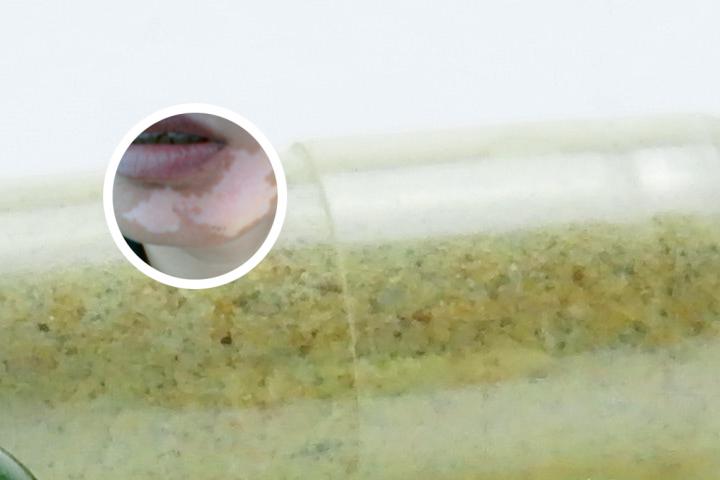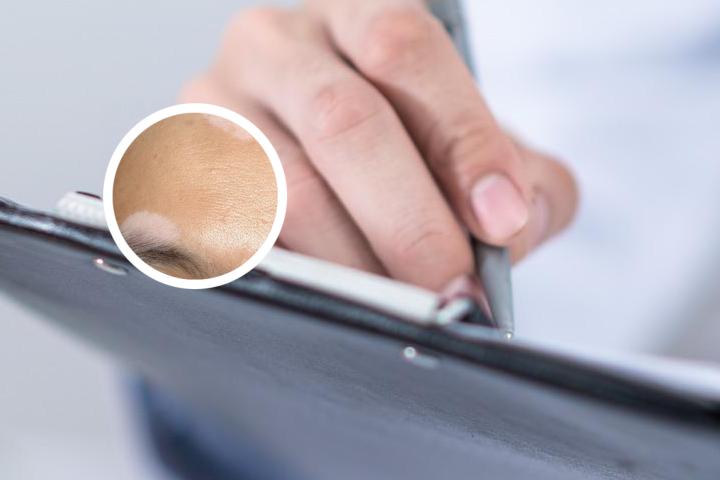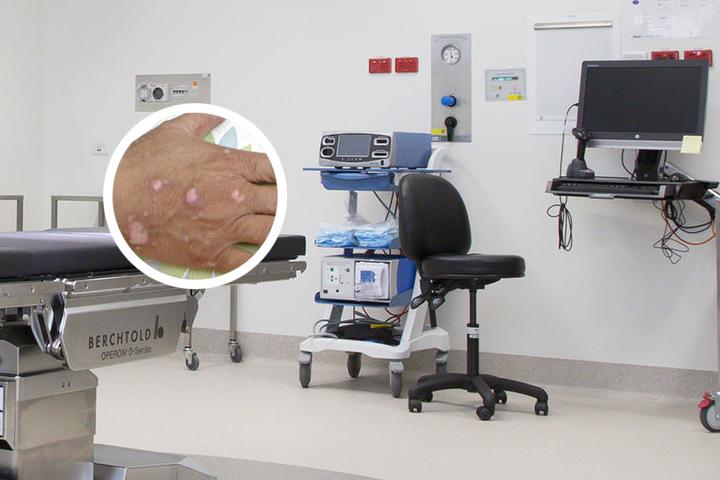Vitiligo, commonly known as white spot disease, is a chronic skin condition characterized by loss of pigment resulting in white patches on different parts of the body. It affects people of all races and ethnicities, without discrimination. In this article, we will discuss various aspects of vitiligo, including causes, symptoms, diagnosis, and treatment options.

Causes:
The exact cause of vitiligo is not known, but it is believed to be an autoimmune disorder, where the immune system attacks the melanocytes (cells that produce pigment in the skin). Other factors that may contribute to the development of vitiligo include genetic predisposition, environmental triggers, and hormonal imbalances.
Symptoms:
The hallmark of vitiligo is the presence of depigmented patches on the skin, which are more prominent in areas exposed to the sun, such as the face, neck, hands, and feet. The patches may be symmetric or asymmetric, and can vary in shape and size. In addition to skin lesions, some individuals may experience hair loss, white discoloration of the mucous membranes, and sensitivity to sunlight.
Diagnosis:
The diagnosis of vitiligo is made based on a combination of clinical examination, medical history, and laboratory tests. A dermatologist will perform a thorough skin examination, looking for telltale signs of vitiligo. Blood tests may be ordered to rule out any underlying causes, such as thyroid dysfunction or autoimmune disorders.
Treatment:
There is no cure for vitiligo, but there are several treatment options available to manage the symptoms and improve the appearance of affected skin. These include:
1. Topical corticosteroids: These are creams or ointments containing steroids that reduce inflammation and suppress the immune system. They are most effective in early stages of the disease when the patches are small and localized.
2. Phototherapy: This treatment involves exposing the affected skin to UV light to stimulate the production of melanocytes. It can be administered in a dermatologist's office or at home using a specialized lamp.
3. Topical calcineurin inhibitors: These are creams that suppress the immune system and help to restore pigment in the skin. They are particularly useful in sensitive areas such as the face and neck.
4. Depigmentation: This is a last resort option, where the remaining normal skin is lightened to match the white patches. It is recommended for individuals with extensive vitiligo or those who do not respond to other treatments.
In addition to medical interventions, there are several lifestyle modifications that can help manage vitiligo. These include avoiding sun exposure, using sunscreen with a high SPF, wearing protective clothing, and using cosmetics and self-tanners to camouflage the white patches.
In conclusion, vitiligo is a chronic skin condition that has no known cure, but can be effectively managed with proper treatment and lifestyle modifications. If you suspect that you have vitiligo, it is important to seek medical attention from a dermatologist who specializes in the treatment of this condition. With the right diagnosis and treatment plan, many individuals with vitiligo are able to lead fulfilling lives and feel confident in their appearance.










